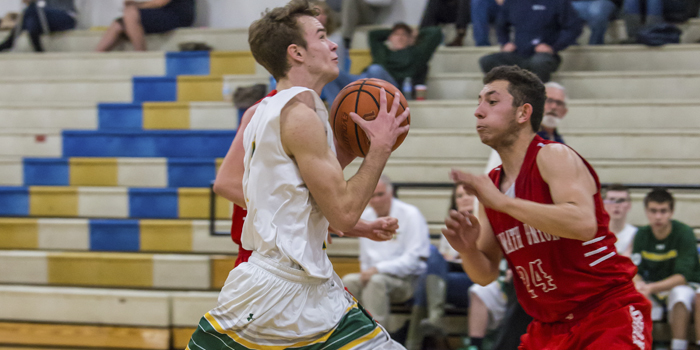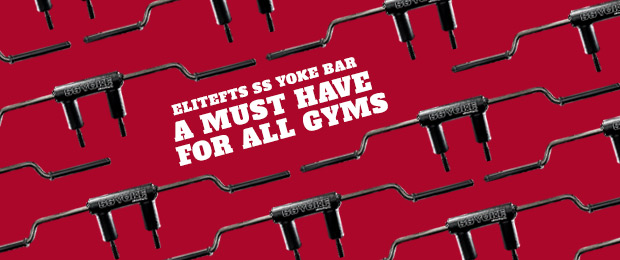
How to Organize the Training Week
Implementing conjugate for the high school basketball player, let's discuss how to best organize the training week. When I started programming, I tried to compress the typical four-day split into two days. What ended up happening was specific strengths were not covered due to lack of time. Unlike most adults, at the high school level, you can get away with simply spreading their four days over 10-14 days. So when they come in to train, they train whatever is next on their list. With this setup, you're never short-changing things or constantly making everything circuit-style, allowing more rest time for max and submaximal work and for the athlete and coach to pay closer attention to auxiliaries.
To Squat or Not to Squat
Secondly, let's discuss the age-old question 'to squat or not to squat' and what squat type has the best carry-over. Are we going to front squat, back squat, free squat ass to grass, or sit down to a parallel box? I've learned that all types of squats need to be utilized. Consider how much, what's the goal of that variation, what position the player is, and their training experience.
NEW: Reverse Lunges: The Weapon for Strength Development in Running Sports
I prefer max effort, brief maximal tension work, and more back squat variations, especially using a Safety Squat Bar to protect shoulders. Typically, we can load more weight with a back squat, and for those two methods, I want to lift the most weight. I will do a front squat variation for two- to three-week cycles, probably two to three times a year, for brief maximal tension waves. For max effort days, we typically do two to five reps. Every fourth or fifth type of squat will be a front squat, typically done with a Safety Squat Bar turned around. Trust me, a basketball player's wrists and shoulders will not feel great if you try to make them front squat Olympic style.
Free Squat or Box Squat
Now to probably the hottest debate: free squat or box squat. We box squat for any type of heavy work unless it's with a belt squat or concentric only variation. Every week for a max, the box height is switched between just below parallel, above, or just at parallel. How often will all depend on where they are in season and how tall they are. The leg length of most basketball players will be much higher than in other sports, and their mobility and training age will be much lower. Put your ego aside and use a higher box to allow them to gain strength.
Ankle and Hip Mobility
For ankle and hip mobility, I have my hoopers perform heel elevated back squats with lighter weights as an accessory movement to gain more depth and expose them to a much deeper range of motion than the box. Often the ankles become stiff from all the box squatting, so deeper free squats can help with this. I typically do a closer stance with the squats to improve and work on leg drive to enhance sprinting and jumping numbers.
Bench Your Damn Hoopers!
I can't emphasize this enough. Bench your damn hoopers! I don't care what variation you want to use. Just make sure they have days when they bench heavy in some way. It does not and should not be primarily straight bar work. Now, if they're young, super weak, and don't play a lot, I would start with mainly straight bar work as long as you do active recovery work because their shoulders will get beat up.
Earn the trust of not only the athlete but the parents who think their child won't be able to shoot if you bench them. You might have to disprove how you won't stunt their growth or make them slower because of lifting. Parents constantly ask a million questions (and I played at a high level).
I love using the multi-grip or football bar. Its use is huge with ballers because they rely heavily on their shoulders to do all the work, so the triceps are underdeveloped. I don't do maxes under three typically with them. I will do two brief maximal tension days with one day of a set and rep style of four to five sets of two to three reps. Then a second day of a set and rep style of four to six sets of four to six reps.
Much of the time, they need more time under the barbell, especially pressing. Basketball players need muscle, so don't be afraid to do a little more volume with the main movement, even as a conjugate guy. I don't go above six, however. After the main movement, I will go into reps of eight-12 usually. It depends on how weak and small they are and where we are in the season.
Sumo vs. Conventional vs. Trap Bar
Now for the final hot topic, sumo vs. conventional vs. trap bar. Many are max using two-thirds and often just one of the three. I think all should be in your toolbox and used often. If they're in season, we will often do more trap bar work, especially off blocks. It can overload the athlete's CNS and boost their confidence tremendously. Confidence is very important because the game of basketball is a lot about who is the most confident.
Sumo is huge for building lateral speed and strength—very important since defense is half of their game, especially for the guards that play full-court defense for much of the game. The sumo deadlift will also build up the glutes and hamstrings, which will lower knee injuries—a major problem in the sport.
Conventional should be done mostly off blocks or through rack pull variations. The athletes that I usually let pull conventional, especially for max effort work, are not in high school, but that's a topic for another day. I'd still put it in a high school player's rotation, just not nearly as much as sumo or trap bar. Dimmel deadlifts or RDLs should be in your program as long as the player can perform hinging patterns well. The RDL is one of the hardest things for young kids to understand.
I hope this helps with any hoopers you have. Always remember, they are coming to you weak. Make them stronger through conjugate, and they will jump higher and run faster.
Header image credit: teacherdad48 © 123rf.com
Kalil Sherrod is a strength coach at The Rack Athletic Performance Center. He hosts The Get Clean Podcast, helping young strength coaches and parents expand their knowledge. He is a former Division 2 and semi-pro basketball player. Kalil is certified through Westside Barbell and Byrd Sports Performance.











2 Comments